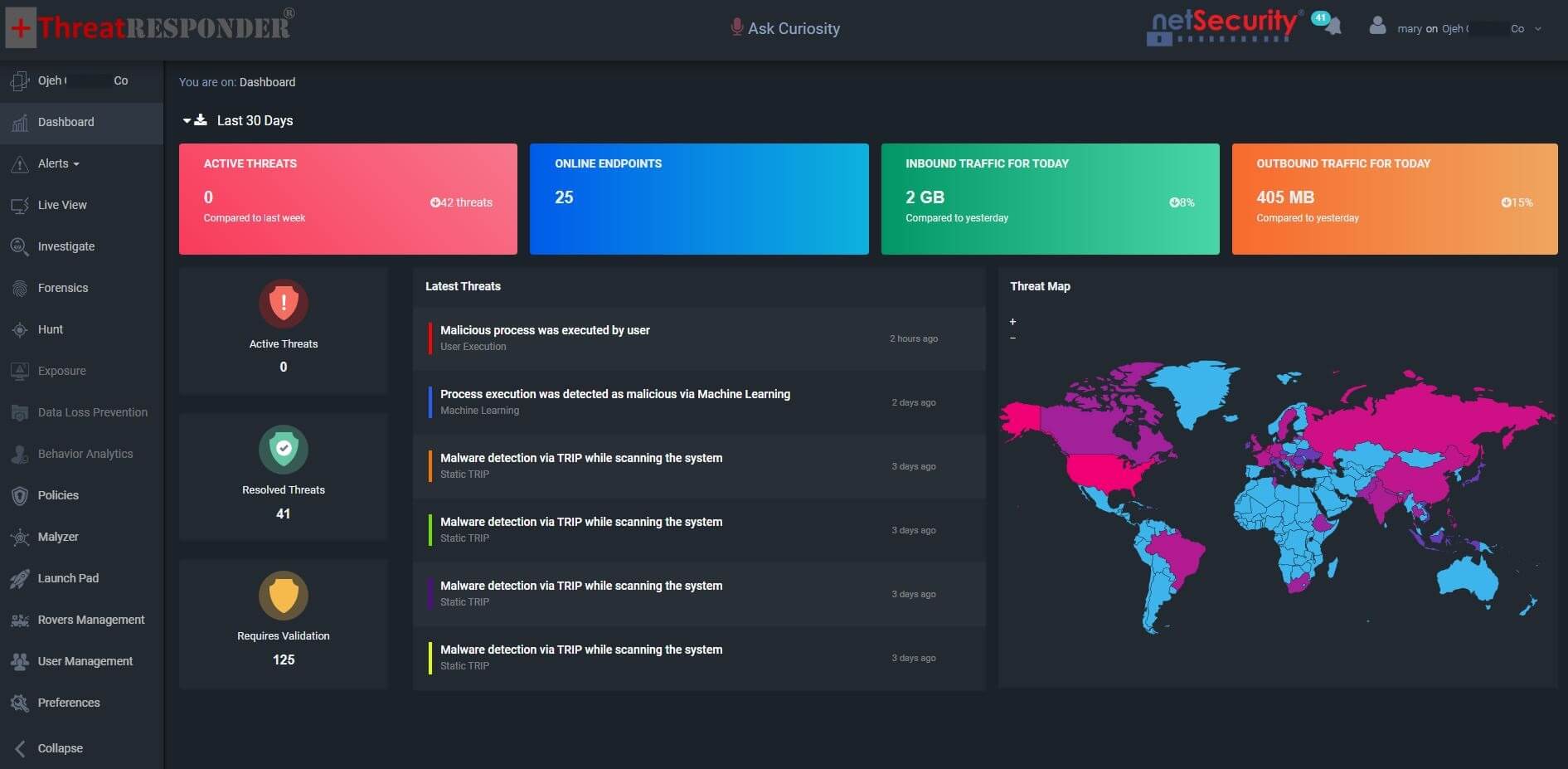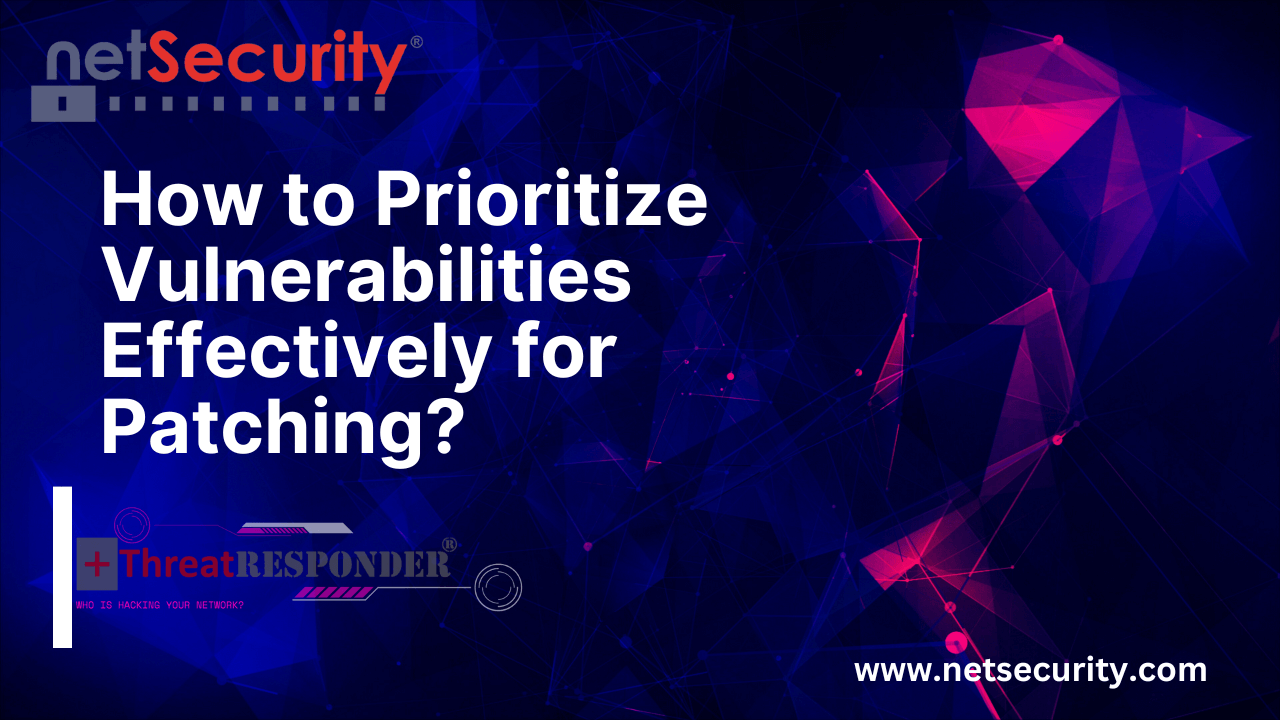How to Prioritize Vulnerabilities Effectively for Patching? Try ThreatResponder’s Exposure Module
Prioritizing vulnerabilities is a critical aspect of effective cybersecurity management. With the constant evolution of digital threats and the growing complexity of technology landscapes, organizations face a myriad of potential vulnerabilities that attackers can exploit. In this article, let’s explore the importance of prioritizing vulnerabilities, the methodologies involved, and the significance of leveraging tools like ThreatResponder’s Exposure module to identify and prioritize vulnerabilities for effective patching.
Importance of Prioritizing Vulnerabilities
Vulnerabilities are weaknesses or gaps in an organization’s security infrastructure that can be exploited to compromise its systems or sensitive data. They can arise from various sources, including software vulnerabilities, network vulnerabilities, and human vulnerabilities.
1. Risk Mitigation:
Prioritizing vulnerabilities requires a risk-based approach. Organizations need to understand the potential risks posed by each vulnerability and assess the potential impact if exploited. This allows them to allocate resources effectively and focus on the vulnerabilities that matter most to their organization. Prioritizing vulnerabilities allows organizations to focus their resources on addressing the most critical security risks first. Not all vulnerabilities pose an equal threat; some have higher potential for exploitation and can cause severe damage to systems and data. By prioritizing, organizations can mitigate the most significant risks promptly.
2. Resource Optimization:
Prioritizing vulnerabilities allows organizations to optimize their resources, reducing the time and effort required for vulnerability management. By focusing on the vulnerabilities with the highest potential impact, organizations can avoid unnecessary spending on addressing low-risk vulnerabilities. Resource allocation in cybersecurity is finite. Prioritization enables organizations to allocate their time, effort, and budget efficiently. It ensures that critical vulnerabilities are addressed promptly while optimizing resources for maximum impact.
3. Compliance Requirements:
Many industries, such as finance and healthcare, have strict compliance requirements regarding vulnerability management. Prioritizing vulnerabilities helps organizations meet these regulatory requirements and reduce the risk of non-compliance penalties. Various industry standards and regulatory frameworks necessitate the identification and mitigation of vulnerabilities. Prioritization helps organizations comply with these requirements by focusing on vulnerabilities that pose the most significant risk to sensitive data and systems.
4. Protection of Assets:
Prioritizing vulnerabilities allows organizations to improve their overall security posture. By addressing the most critical vulnerabilities first, organizations can reduce the risk of successful attacks, data breaches, and financial loss. Assets such as customer data, intellectual property, and critical infrastructure are prime targets for attackers. Prioritizing vulnerabilities safeguards these assets by addressing the most critical weaknesses in the security infrastructure.
Methodologies for Prioritizing Vulnerabilities
1. Common Vulnerability Scoring System (CVSS):
CVSS is a widely accepted industry standard for assessing and scoring vulnerabilities based on their severity. It considers factors like exploitability, impact, and complexity to assign a score, aiding in prioritization.
2. Threat Intelligence:
Leveraging threat intelligence helps in understanding current threat landscapes. It allows organizations to prioritize vulnerabilities that are actively exploited in the wild or are likely to be targeted soon.
3. Asset Criticality:
Assessing the criticality of assets helps prioritize vulnerabilities based on their potential impact on the most valuable systems and data. High-value assets merit more attention and protection.
4. Patch Availability and Ease of Exploitation:
Prioritizing vulnerabilities based on whether patches are available and the ease with which attackers can exploit them is crucial. Unpatched vulnerabilities and those with easy exploitability should be addressed urgently.
NetSecurity’s ThreatResponder’s Exposure Module
NetSecurity’s ThreatResponder’s Exposure module is a comprehensive vulnerability management solution that is designed to aid organizations in identifying and prioritizing vulnerabilities within their environment. This module offers several key features:
1. Vulnerability Identification:
The ThreatResponder’s Exposure module scans and identifies vulnerabilities present in an organization’s endpoint and provides real-time details of the identified vulnerabilities.
2. Risk Scoring:
ThreatResponder provides the assigned CVSS scoring to determine the risk of vulnerabilities based on their severity, exploitability, and potential impact.
3. Customizable Reporting and Recommendations:
ThreatResponder generates customizable reports, providing actionable insights and recommendations for prioritizing and mitigating vulnerabilities effectively.
Try ThreatResponder
In the ever-evolving landscape of cyber threats, defending your organization is extremely critical for the survival of your business. Are you ready to take the next step in defending your organization against cyber threats? Explore ThreatResponder by NetSecurity today and bolster your organization’s cybersecurity defenses.

Disclaimer
The page’s content shall be deemed proprietary and privileged information of NETSECURITY CORPORATION. It shall be noted that NETSECURITY CORPORATION copyrights the contents of this page. Any violation/misuse/unauthorized use of this content “as is” or “modified” shall be considered illegal and subjected to articles and provisions that have been stipulated in the General Data Protection Regulation (GDPR) and Personal Data Protection Law (PDPL).











